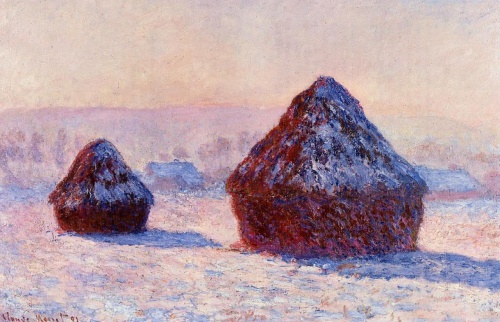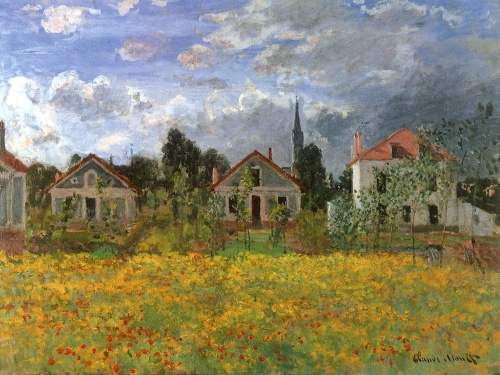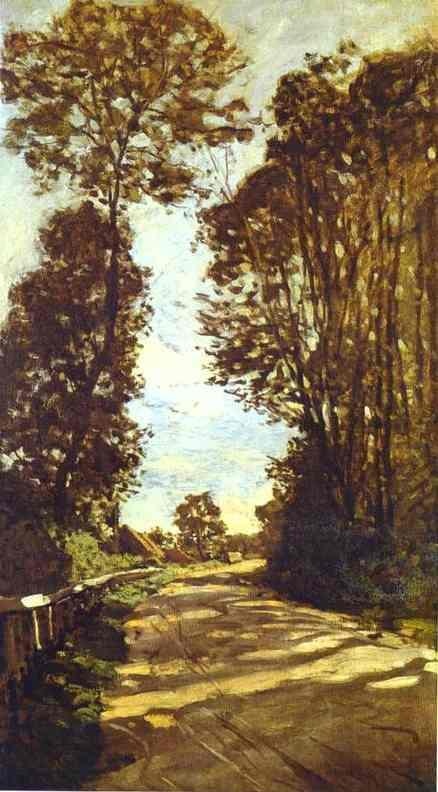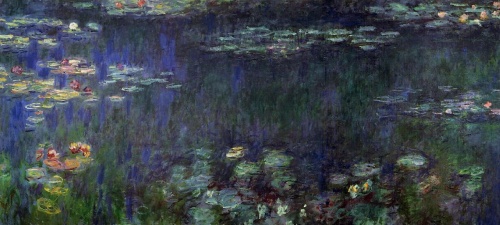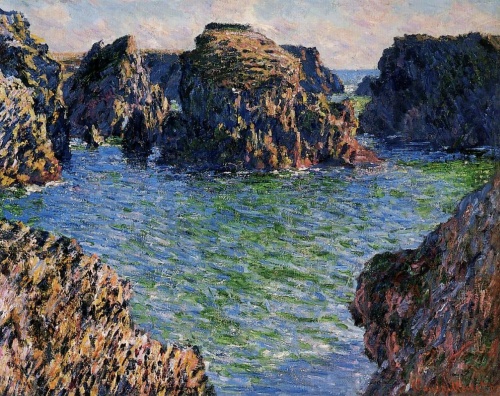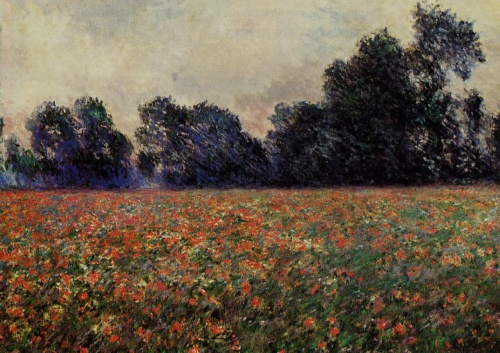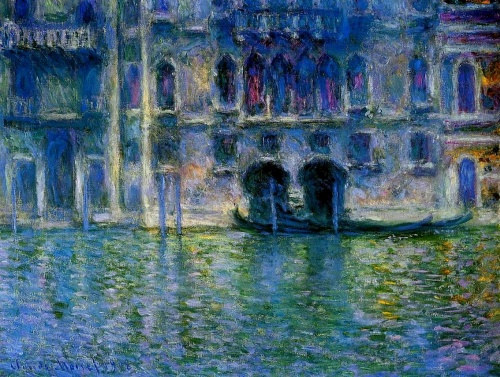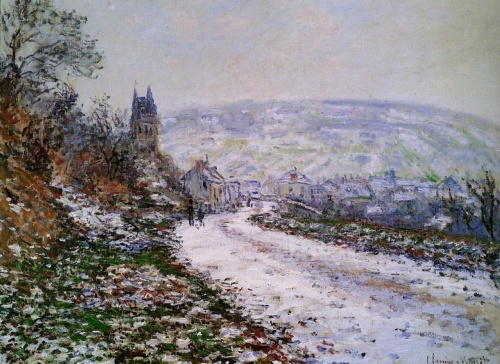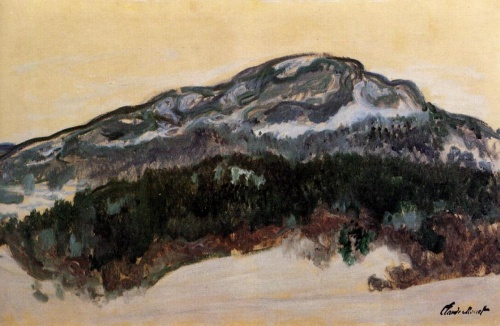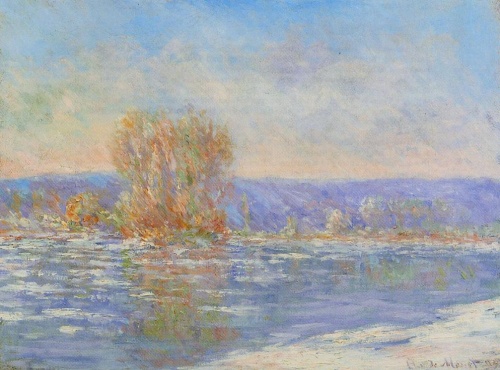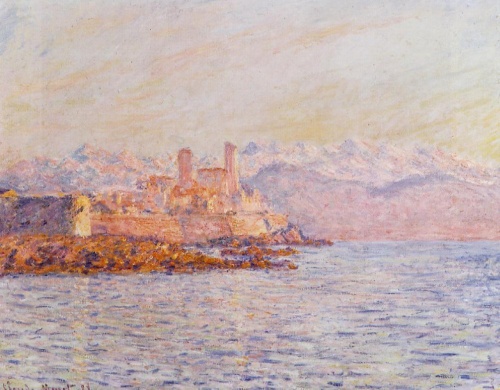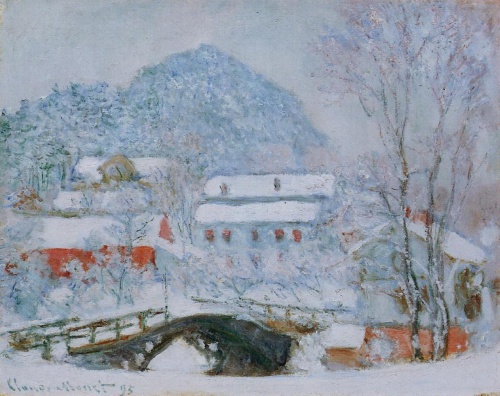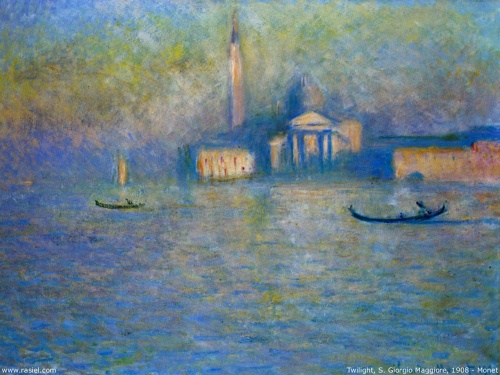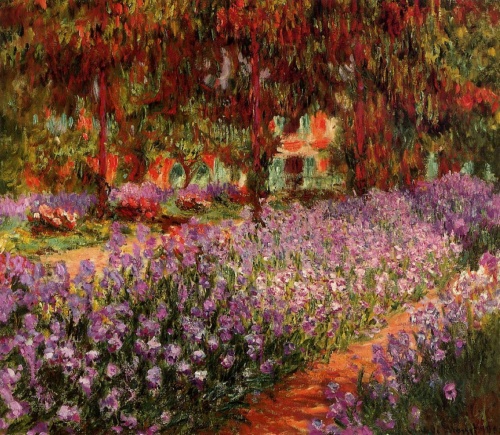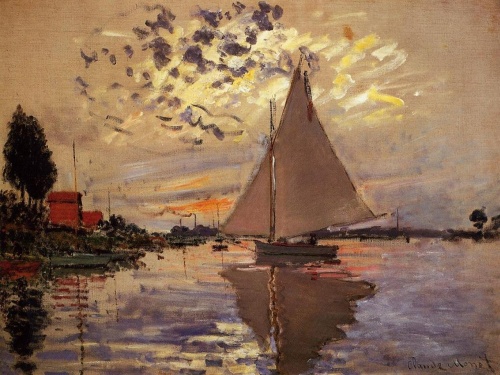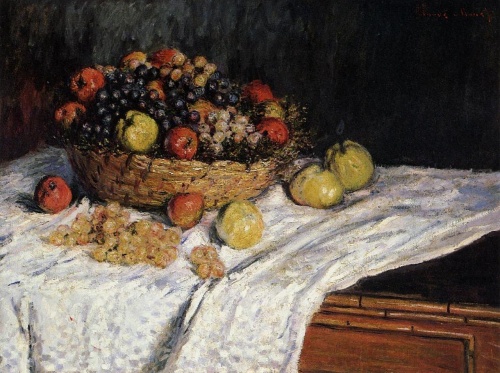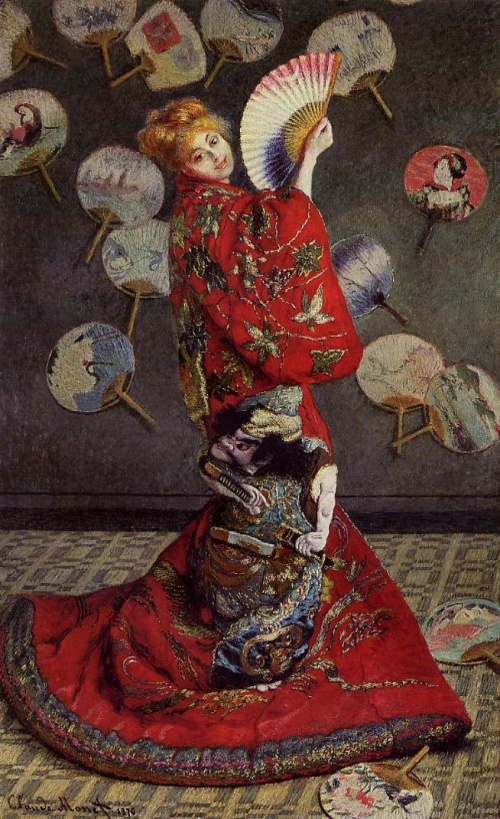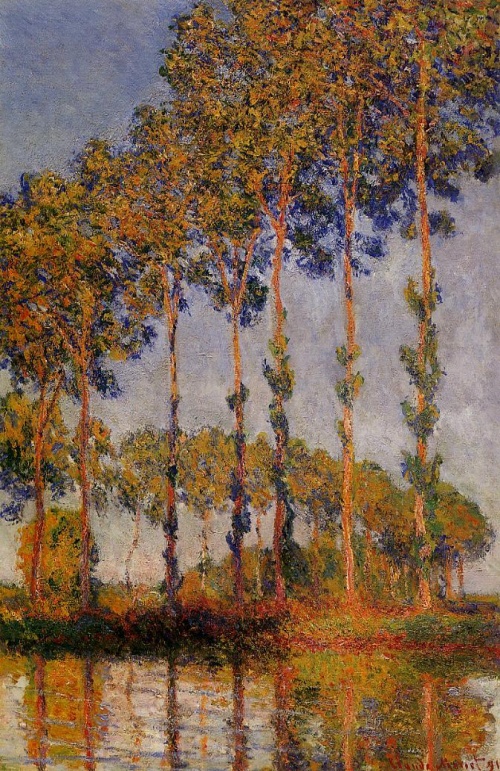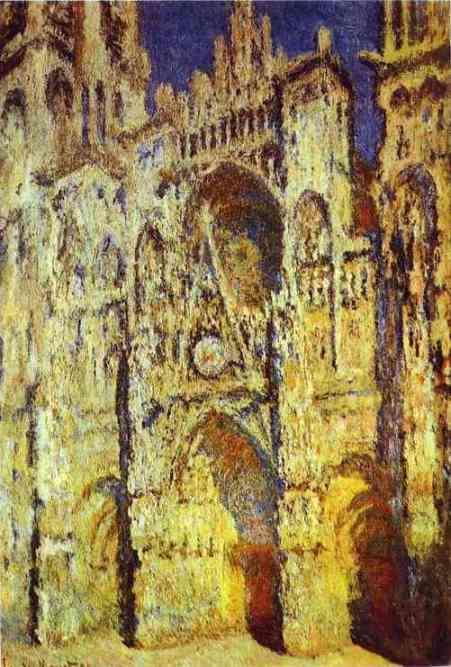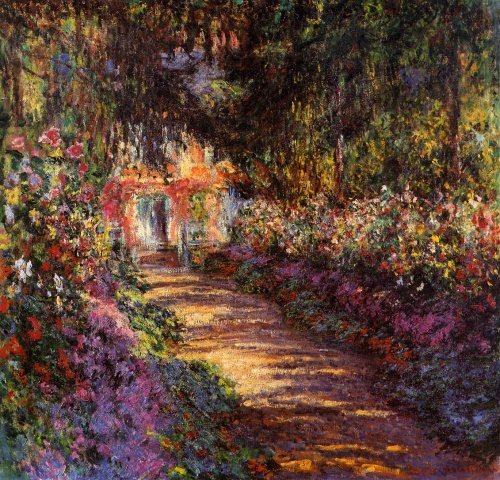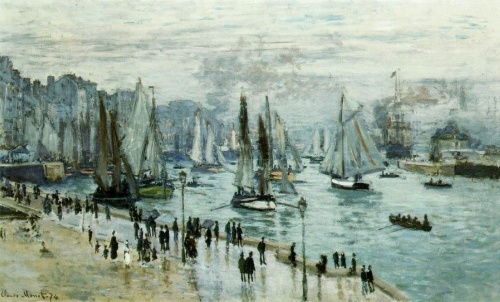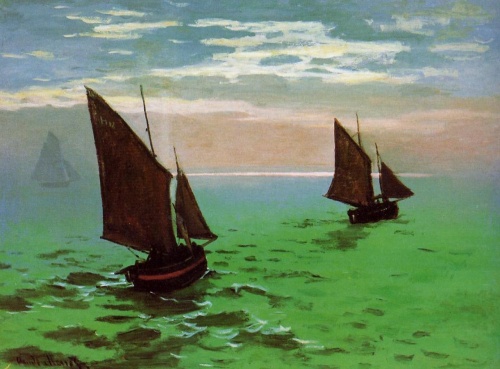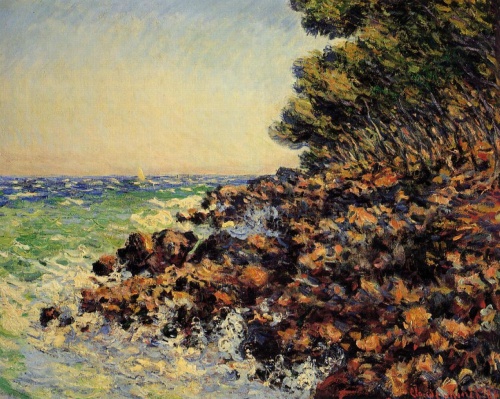Works by Claude Monet (1149 works) (part 1)
Разрешение картинок от 250x277px до 2103x2432px
Monet spent his childhood in Le Havre; in his youth, he drew caricature portraits and exhibited them in the art supplies store where Boudin worked, whose friendship played a big role in his life. After military service in Algeria in November 1862, Monet entered Gleyre's studio in Paris, where he met Basil, Renoir and Sisley. At the Académie Suisse he met Pissarro and Cézanne. In the 1860s, young artists met Zola and Manet. A decisive role in the work of Claude Monet was played by his work in 1869 in Bougival, where he painted the zucchini "La Grenouillere" at the same time as Renoir. The paintings they created marked the birth of a new artistic movement - impressionism.
During the Franco-Prussian War (1870-1871), Monet lived in London and met Durand-Ruel, a merchant and later collector of Impressionist paintings. In 1874, Monet and his friends, increasingly oppressed by official artistic circles, staged their first exhibition. By this time they already had their own defenders.
These were the heyday of impressionism. Monet participated in exhibitions in 1874, 1876, 1877, 1879 and 1882. At this time, he created such masterpieces as “Gare Saint-Lazare” and “Rue Montorgueil”. However, Monet's works hardly sell. Driven by need, the artist lives where life is cheaper: in Argenteuil (1873 - 1878), in Vétheuil (1879 - 1881), in Poissy (1882) and from 1883 until the end of his life - in Giverny.
In the late 1880s, his art increasingly attracted public and critics. Recognition brings material wealth: Monet builds a house and a workshop, plants a garden with artificial ponds. During this period, the artist was completely absorbed in working on a series of landscapes in which he developed the finest lighting effects. In 1899, he first turned to the image of ponds with water lilies - the main theme of his later works.
